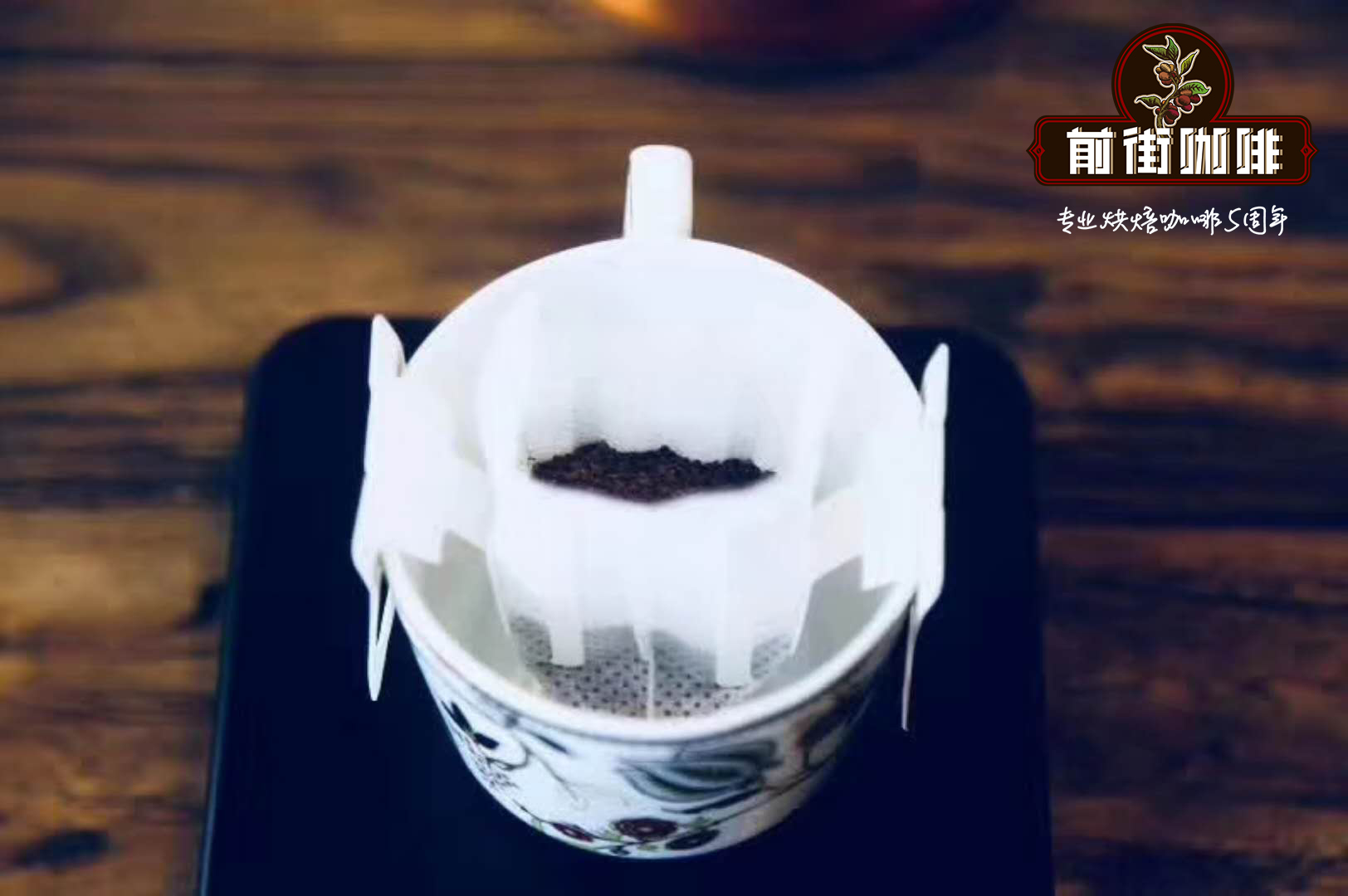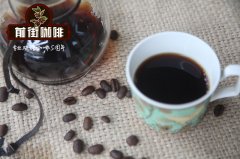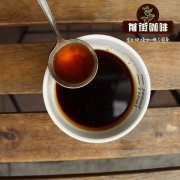The Effect of Solarization on Coffee Coffee Solarization Process Flavor Description of Coffee

Professional coffee knowledge exchange more coffee bean information please follow the coffee workshop (Wechat official account cafe_style)
Most specialty coffee in the world is processed in much the same way: hand-picked ripe cherries, pulp (fruit from seeds / coffee beans), fermentation, large amounts of water washing, drying, grinding / sorting, export.
But occasionally you will come across a bag of coffee marked "natural process", "drying process" or "sun-dried". "this change makes the drying process much earlier-just after pickling-and completely eliminates cleaning / soaking, so the contact time between coffee beans and fruit cherries is much longer than that of traditionally processed coffee." The whole coffee fruit is dried, sometimes on a raised seedbed, sometimes raked into a layer on a cement platform, and once they reach the ideal humidity level (no more than 12%), their entire shell is mechanically removed, revealing green coffee seeds. This long contact between seed and fruit has brought unexpected results!-more fruity coffee. Sometimes the fruit shows citrus characteristics; at other times it has strong berry flavors, such as our Ethiopian Sidama Telamo and a new batch of naturally processed coffee that we have just shipped from the Piura region of Peru.
Dried coffee from Peru is a unique enjoyment, where few farmers process coffee in this way. Regions of the world that use little or no water, such as Ethiopia and Brazil, usually rely on dry treatment, but Coop JD Condorcanqui (part of the larger Norandino cooperative) is one of the only organizations in Peru that use dry treatment. More importantly, dry processing uses no water at all, in contrast to the 35-60 litres of dry parchment (dried but unpeeled coffee beans) used in traditional processing. To be fair, the water used in the process represents only part of the total water used to produce coffee, but every bit of saving helps. Dry coffee is not only an environmentally friendly choice, but also a delicious choice.
This coffee has lilac and cocoa aromas and sweet strawberry jam. We are glad that it will be back in another spring!
END
Important Notice :
前街咖啡 FrontStreet Coffee has moved to new addredd:
FrontStreet Coffee Address: 315,Donghua East Road,GuangZhou
Tel:020 38364473
- Prev

The right way to drink cold coffee how to make cold coffee
Professional coffee knowledge exchange more coffee bean information Please follow the coffee workshop (Wechat official account cafe_style) when the sun is shining and the beach day comes, we will have some cool drinks. If you are a fan of cold coffee, read on. We have three great ways to enjoy it this summer. 1. Fill up the growler with gas. Ours.
- Next

Guatemala Coffee Story Guatemala Antigua Coffee Story Guatemalan Coffee experiment
Professional Coffee knowledge Exchange more information about coffee beans Please follow the Coffee Workshop (official Wechat account cafe_style) Travel report in Guatemala it is not easy to be a coffee farmer. Almost every task faces a number of challenges, from the complex logistics process of deciding which plant to grow, to obtaining fertilizer, to delivering coffee to buyers. As a direct investment in
Related
- Beginners will see the "Coffee pull flower" guide!
- What is the difference between ice blog purified milk and ordinary milk coffee?
- Why is the Philippines the largest producer of crops in Liberia?
- For coffee extraction, should the fine powder be retained?
- How does extracted espresso fill pressed powder? How much strength does it take to press the powder?
- How to make jasmine cold extract coffee? Is the jasmine + latte good?
- Will this little toy really make the coffee taste better? How does Lily Drip affect coffee extraction?
- Will the action of slapping the filter cup also affect coffee extraction?
- What's the difference between powder-to-water ratio and powder-to-liquid ratio?
- What is the Ethiopian local species? What does it have to do with Heirloom native species?

